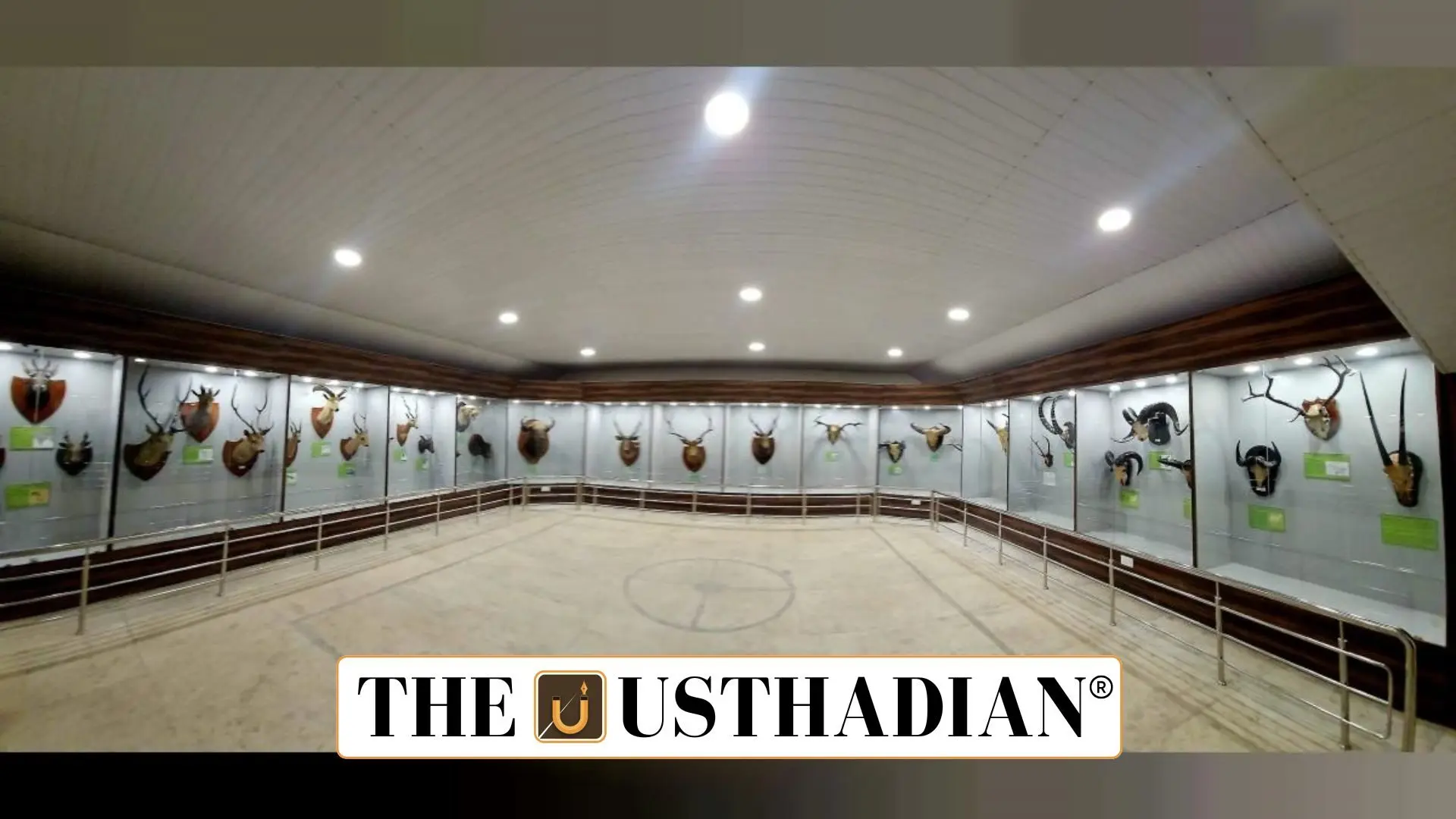A Milestone for Wildlife Conservation in India
India’s First Wildlife Biobank Opens at Darjeeling Zoo: India has made a landmark advancement in conservation science with the launch of its first zoo-based wildlife biobank at the Padmaja Naidu Himalayan Zoological Park (PNHZP) in Darjeeling, West Bengal. Operational since July 2024, the biobank was established in collaboration with the Centre for Cellular and Molecular Biology (CCMB) under the Ministry of Science & Technology. This cutting-edge facility stores DNA, tissues, and reproductive materials from endangered species at -196°C using liquid nitrogen.
Preserving Genetic Diversity for the Future
The PNHZP biobank currently holds genetic materials from 60 animals across 23 species, especially those at high risk of extinction. Acting as a ‘frozen zoo’, the biobank allows for advanced research in wildlife genetics, disease study, and species revival. It aims to become a cornerstone of India’s biodiversity preservation strategy, with similar facilities planned in Delhi and Odisha. This initiative safeguards India’s wildlife against threats such as habitat loss and climate change by building a long-term genetic repository.
Educational and Research Boost with New Museum
Alongside the biobank, PNHZP also inaugurated an animal museum and pathology lab in December 2024. The pathology lab supports better animal health management by detecting diseases early. The skeleton museum, showcasing the preserved bones of rare species, enhances public education and academic research on Himalayan biodiversity. Inaugurated by West Bengal Forest Minister Birbaha Hansda, this museum strengthens the zoo’s role as both a conservation hub and learning centre.
PNHZP’s Legacy in Himalayan Species Conservation
Founded in 1958, PNHZP is renowned for its focus on high-altitude Himalayan species. Its flagship success includes the captive breeding and rewilding of red pandas, with nine individuals released into the wild between 2022 and 2024. These efforts bore fruit with the birth of five cubs in natural habitat, marking a rare conservation achievement. PNHZP’s red panda program has gained international attention, having been shortlisted for the 2024 WAZA Conservation Awards.
Looking Ahead: A Blueprint for National Wildlife Safety
The Darjeeling biobank sets a precedent for scientific conservation methods in India. Its cryogenic storage of biological material provides a fallback for species revival, potentially restoring populations that may face extinction. With future biobanks planned, this approach can revolutionize wildlife protection nationwide. As ecological challenges intensify, blending traditional conservation with modern biotech solutions ensures a resilient strategy for species survival.
Static GK Snapshot
| Aspect | Details |
| Why in News | India’s first zoo-based wildlife biobank launched at Darjeeling Zoo |
| Zoo Name | Padmaja Naidu Himalayan Zoological Park (PNHZP), Darjeeling |
| Operational Since | July 2024 |
| Collaboration | Centre for Cellular and Molecular Biology (CCMB), Ministry of S&T |
| Preservation Method | Cryogenic storage at -196°C using liquid nitrogen |
| Current Collection | Genetic material from 60 animals across 23 endangered species |
| Additional Facilities | Pathology lab & skeleton museum |
| Museum Inauguration | December 23, 2024 by Forest Minister Birbaha Hansda |
| Future Biobank Locations | Delhi Zoo and Nandankanan Zoo (Odisha) |
| Conservation Impact | Supports genetic research, species revival, and long-term biodiversity protection |








